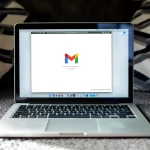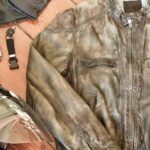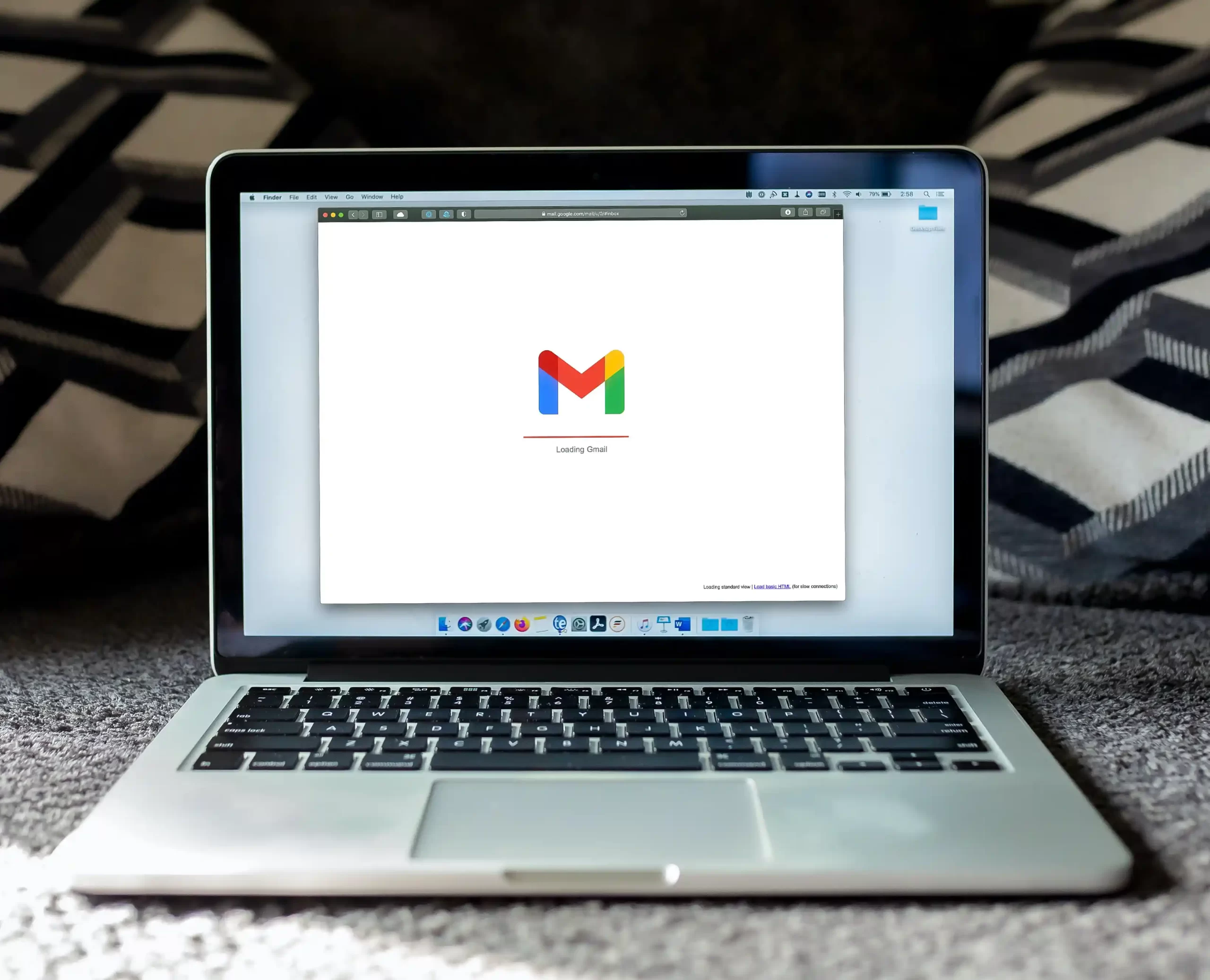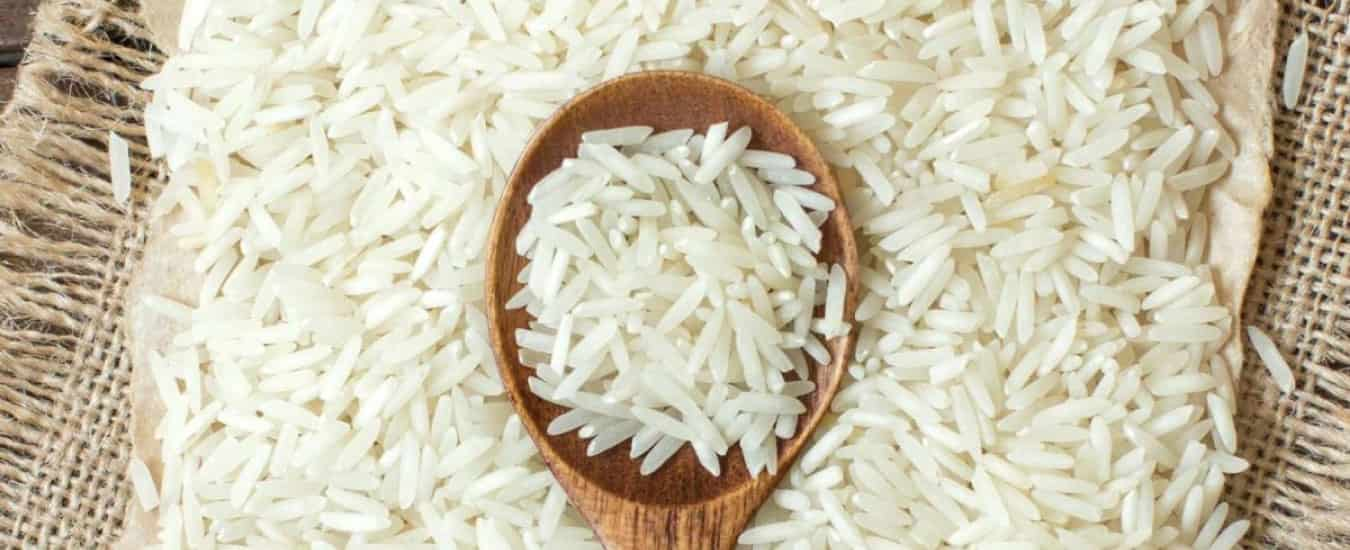We don’t believe anything can compare to Scottish kilts as a national costume! They are modern, lively, exotic and fashionable. Although other nations, including the Scots, may claim the kilt as a type of national dress, the traditional Scottish kilt is known as a symbol of Scotland around the world.
Kilts Then And Now
The kilt may have its origins in the style of clothing of various raiders. The first foot on Scottish territory in the past, it was originally a piece of clothing specially adapted to the practical requirements of the Highlanders. Since then, it has undergone a significant transformation and is mostly seen at ceremonies and formal gatherings such as weddings and military parades.
Banded Plaid Replaced The Term “Scottish Kilt”
Early in its history, Scotland saw invasions from various nations (including the Romans, Vikings and Scandinavians). These raiders had distinctive clothing, including a variety of tunics, robes, shirts, and cloaks. It is not clear exactly how the kilt came to be, but it is believed to be a mixture of all of these, adapted to suit the environment and lifestyle of the tough, warlike people who lived in the Scottish Highlands. The original Scottish kilts called “Feileadh Mhor” (meaning “Great Kilt” and pronounced “feela mor”), now known as “belted plaids”, first appeared in the 16th century.
How Did The Scottish Kilt Come About?
We’ll start here with the Great Kilt (or Belted Plaid).
The Feileadh Mhor was traditionally made from a single length of ‘breacan’, a thick woolen cloth (a Gaelic word meaning spotted or part-dyed). This material could be up to 21 feet long and was usually 5 feet wide. A thick leather belt was used to secure many feet of fabric, which was folded into loose folds and wrapped around the wearer’s waist. The remaining fabric was slung over the shoulder and tucked behind the back into the belt. In addition, this extra material can be pulled over the head and shoulders to protect the wearer from cold wind, torrential rain or snow. The entire outfit was layered over a long-sleeved tunic that reached to the knees.
The Feileadh Beag Took The Place Of The Traditional Scottish Kilt
More than a century later, around the mid-17th century, the “Feileadh Beag” (also known as “Philabeg” and pronounced “feela beg”) began to replace this early, bulky and somewhat clumsy version of the kilt.
A single (shorter) section of breacan was loosely folded, wrapped around the waist and secured again with a thick band to form essentially the lower half of the Feileigh Mor.
This version, often known as the “Walking Kilt”, had no “extra” material that could be slung over the shoulder or used as a cloak. Pleats, which were sewn into the fabric, began to replace loose pleats in the 18th century, making the whole ensemble easier to wear. Highlanders wore both kilts for a time, but eventually the more comfortable Walking Kilt replaced the older kilts for sale as the preferred one. an option for everyday use. Identifying it as the forerunner of the modern kilt in history was much easier.
The Wearing Of Kilts Today In Scotland
Although the traditional Scottish kilt is the ‘national costume’ of Scotland, you won’t see people wearing it regularly there or in a shop. It is usually worn during ceremonies, important events, or “high days and festivals.” These include festivals, family gatherings, weddings, funerals and more.
Scottish Weddings Are Held In Kilts
The traditional Scottish kilt is also a feature of the “uniform” of several army units, not just the British Army. Highland Dancers, Highland Bands and competitors in the traditional Scottish Highland Games wear them. In 1940 (early World War II) when the Royal Highland Regiment clashed with the German Army, kilts were worn for the last time in actual battle.
Scottish Kilt Accessories To Complete Your Look
A few kilt accessories complete the “look” if you’re after a truly authentic experience. These consist of:
Belt: Traditionally, belts were made of leather and featured beautiful buckles.
Sporran: Since sporran kilts do not have pockets, men usually put their “things” in sporrans, such as money, keys, and other items. It is basically a small belt pouch made of leather or animal skin.
Kilt Knife: Also known as “Sgian Dubh” or “black knife” in Gaelic. It is a small knife with a leather sheath and often a decorative bone handle. They usually remained hidden at the top of a man’s hose (socks)
Kilt Pin: A small decorative pin worn on the front panel of a kilt.
Hosiery: Knee-length woolen socks are known as hosiery. Maybe solid color or check pattern.
Conclusion
Scottish kilts are a popular national costume. They are unusual, cool and lively. scottish kilts are known all over the world as a symbol of Scotland, and not just by Scots. In its original form, the kilt was functional clothing for the Highlanders and may have roots in the clothing used by ancient invaders. It is now seen at weddings and military parades.
FAQ
Why are kilts worn?
A kilt is a badge of honor for a clan to which someone of Scottish descent belongs. First worn by people in the Scottish Highlands, the kilt provided a fighting army with what may have been its most valuable weapon.
Can you wear a kilt if you’re not Scottish?
A heavy wool kilt is a versatile costume that anyone can wear both formally and casually. They can be for any occasion, including weddings or certain gatherings, but be careful what you wear. If someone wears a kilt for a good enough reason, it can be acceptable as a kilt.










